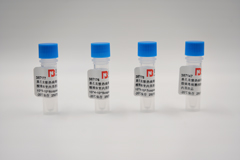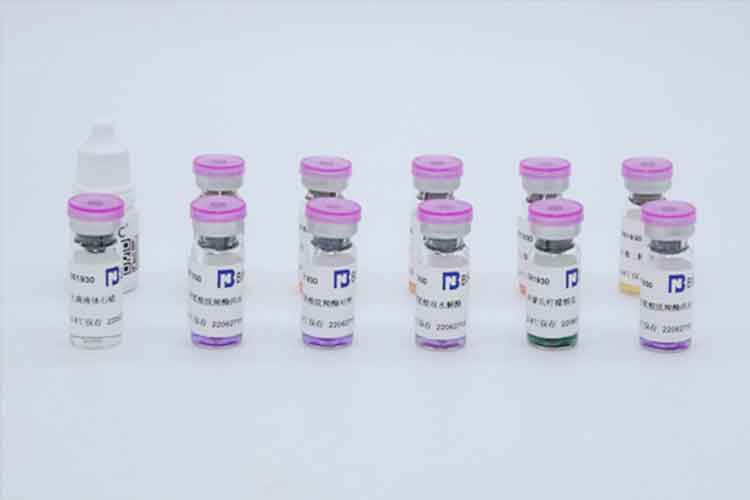Researchers Have Discovered a New Barrier to Gioblastoma Tumors Chemotherapy Response
Published:2024-07-19 15:50
Editor:BNCC
Glioblastoma (GBM) is one of the most aggressive and lethal types of primary brain and central nervous system (CNS) tumors. After surgery to remove the tumor, glioblastoma patients are usually treated with radiation therapy and the chemotherapy drug Temozolomide (TMZ). Although patients initially respond well to the drug, cancer cells quickly develop resistance to the treatment. The main mechanisms of GBM resistance to alkylated chemotherapy (such as TMZ) revolve around DNA repair, cell cycle progression, and anti-apoptosis. Now, researchers at the University of Sussex have discovered that an unstudied protein called PANK4 can act as a barrier to stop cancer cells from responding to glioblastoma chemotherapy.
"TMZ represents the cornerstone of GBM treatment. However, the acquisition of resistance limits its therapeutic potential, "the researchers wrote. "The human kinase set is an undisputed source of drug targets, but current knowledge is still limited to a limited portion of it, and there are a large number of proteins that have not been adequately characterized." Here, pantothenate kinase 4 (PANK4) was found to be a regulator of TMZ resistance in GBM after whole-kinase group RNAi screening."
"Glioblastoma is a devastating form of brain cancer and researchers are working hard to find ways to delay disease progression and tackle cells becoming resistant to treatment," explains Dr Georgios Giamas, Professor of cancer cell signalling at the University of Sussex. "Since this is the first time PANK4 has been linked to glioblastoma, the next step is to develop a drug that targets this protein to try to reverse chemotherapy resistance and restore sensitivity, ensuring that patients receive optimal treatment and have better outcomes."
Researchers at the University of Sussex have led an international team of researchers to understand the possible causes of this resistance, helping to guide future treatments to improve the quality of life and extend life expectancy for glioblastoma patients.
The team found a protein called PANK4. When this protein is removed from cancer cells, it can lead to cell death, and patients have been found to respond better to Temozolomide.
Related to this, the researchers found that patients expressing high levels of the PANK4 protein had lower survival rates.
Dr Viviana Vella, a researcher at the University of Sussex, added: "There are many under-studied proteins that may have great potential for therapeutic intervention. Our study reveals this as-yet-unstudied protein, PANK4, revealing a protective effect against temozolomid-resistant cancer cells. Ultimately, PANK4 depletion represents a vulnerability that can now be exploited to restore sensitivity to drugs and improve treatment."

 info@bncc.com
info@bncc.com
 - English
- English
 - Japanese
- Japanese



